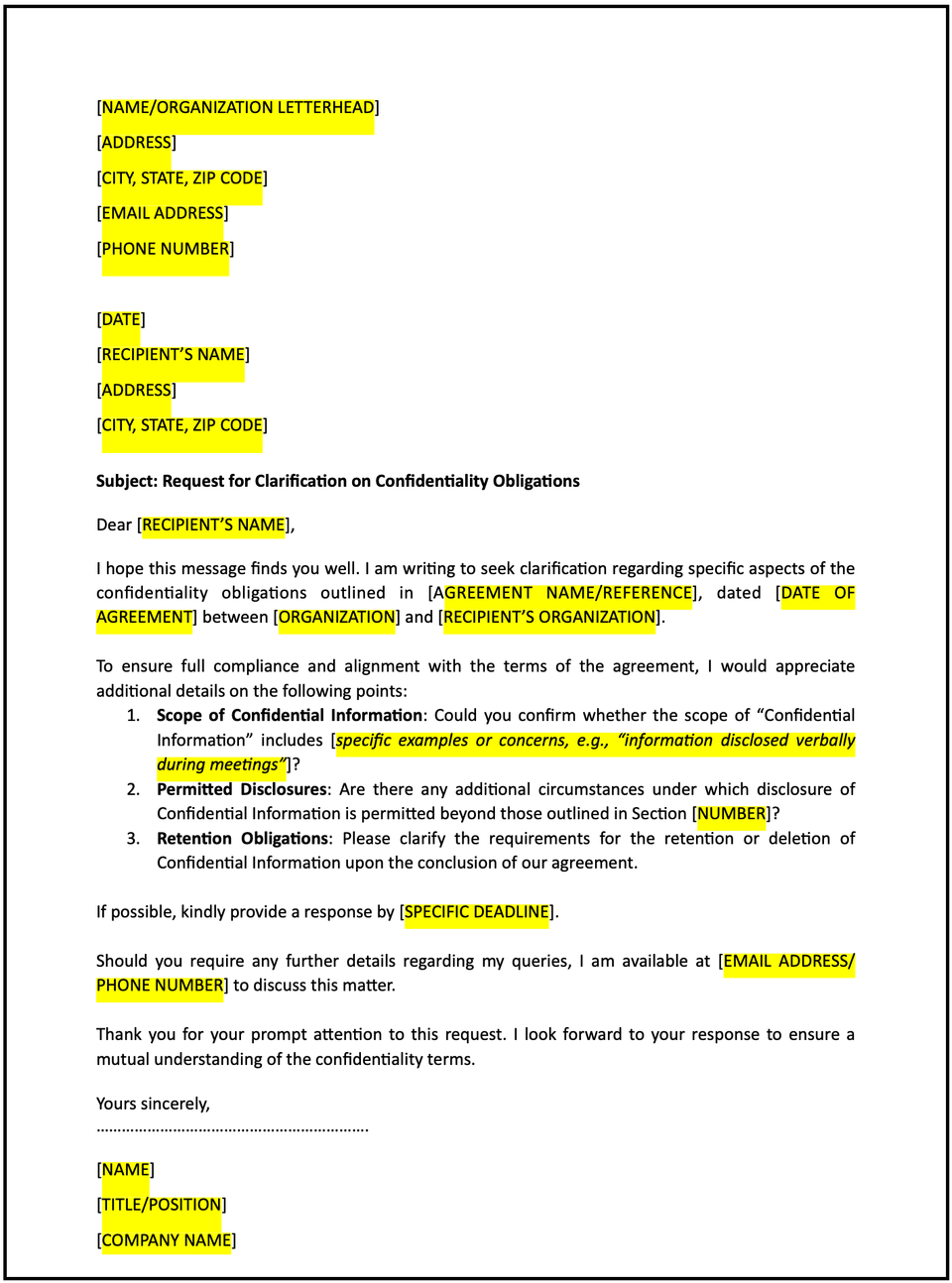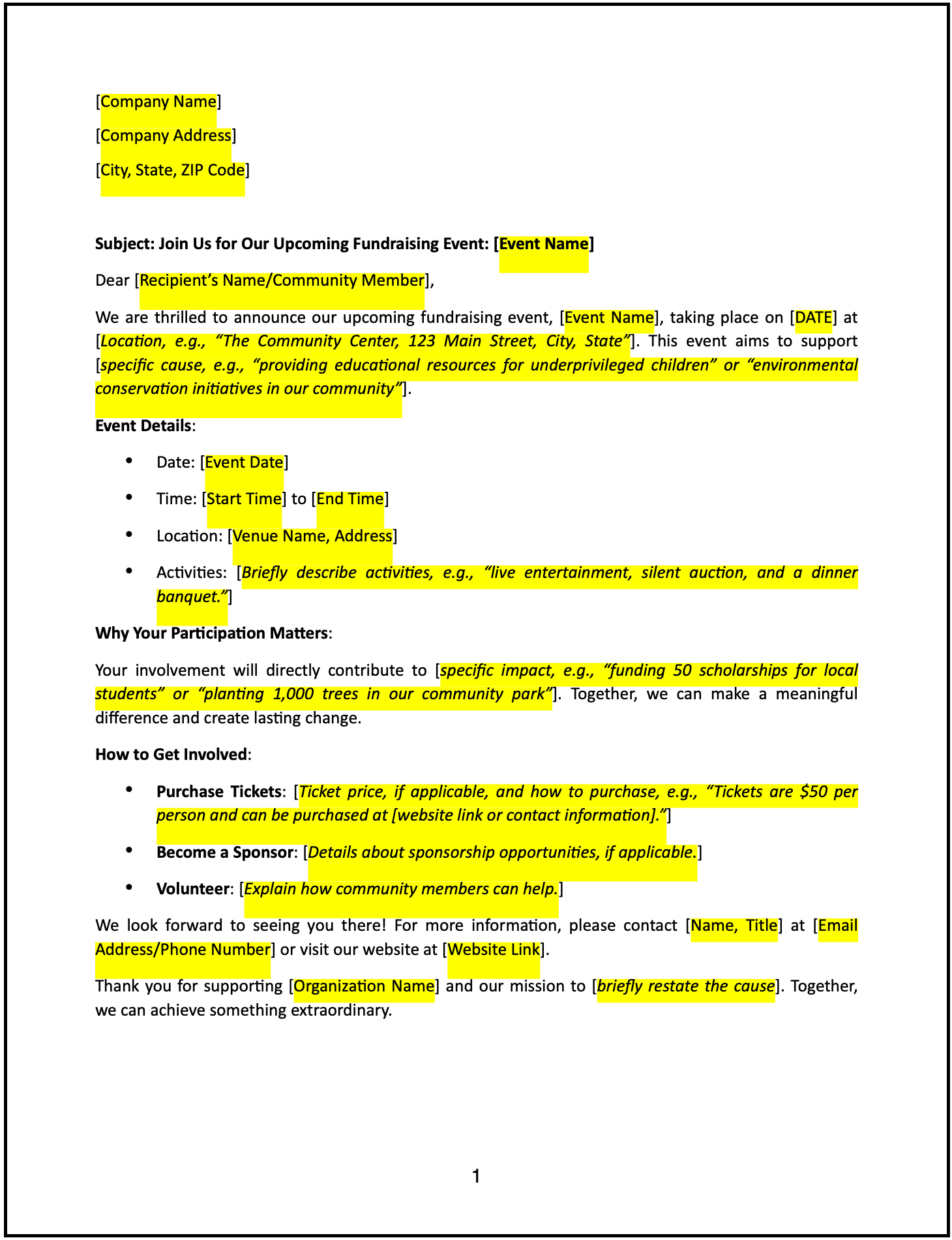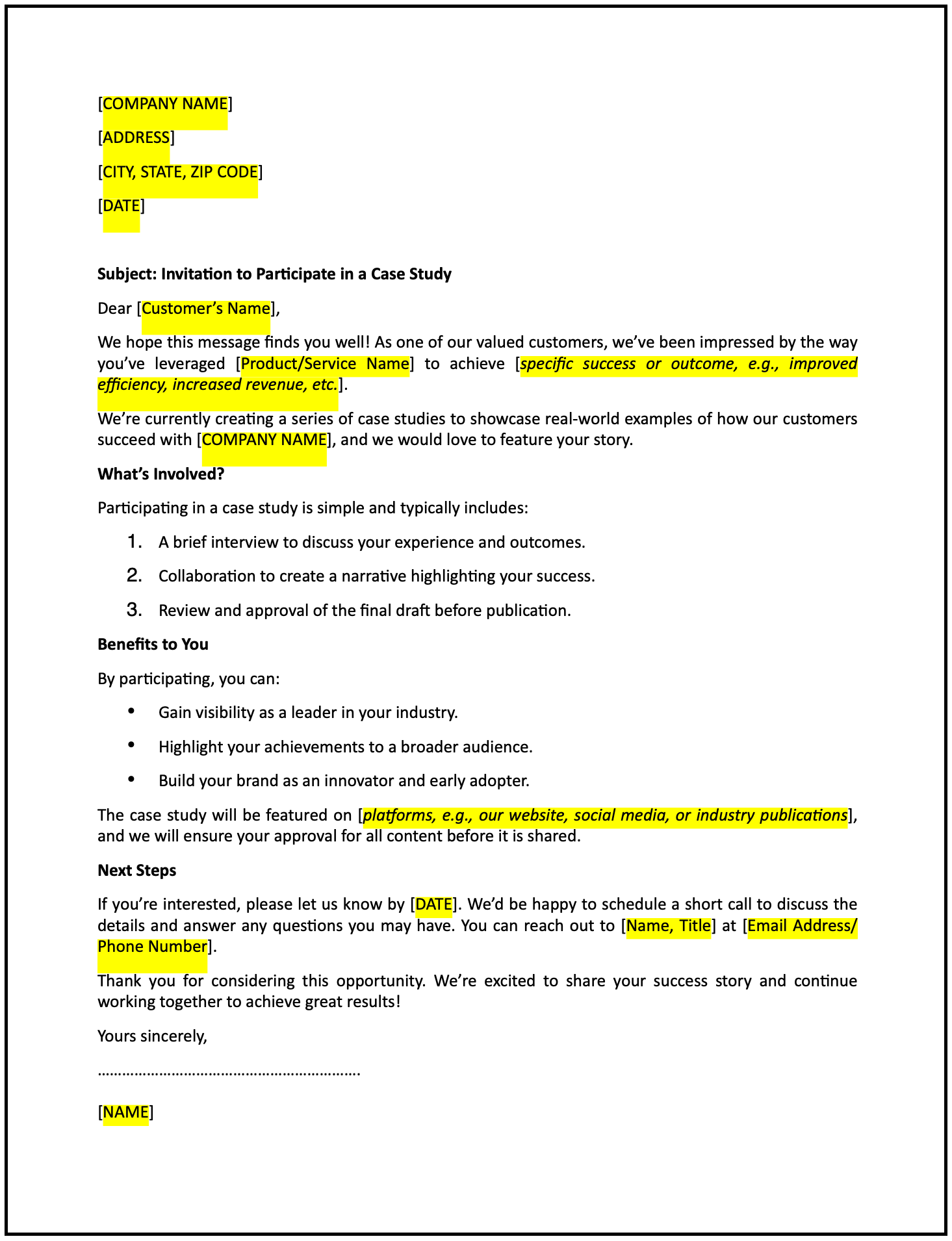Confidentiality obligations clarification request letter: Free template

Confidentiality obligations clarification request letter
A confidentiality obligations clarification request letter is a formal communication used to seek further explanation about the confidentiality terms in an agreement. When the scope, exceptions, or application of confidentiality terms are unclear, this letter helps you document your questions and request clarification in a professional and structured way.
It is commonly used when businesses want to confirm their understanding of permitted disclosures, duration of obligations, exclusions, or how certain scenarios are covered under the agreement. This type of letter promotes shared understanding, reduces the risk of misinterpretation, and supports ongoing compliance with contractual terms.
How to use this confidentiality obligations clarification request letter
- Open with an introduction: Address the recipient respectfully and reference the relevant confidentiality agreement. Include identifying details such as the agreement’s title, effective date, and parties involved.
- State the purpose: Clearly explain that you are seeking clarification on certain confidentiality obligations within the agreement to ensure full understanding and compliance.
- Specify areas of concern: Identify the specific clauses, terms, or provisions that require clarification. These may include disclosure exceptions, time limits, obligations after termination, or treatment of third-party information.
- Provide context: Briefly describe why the clarification is important—for example, internal compliance reviews, operational procedures, or preparation for an upcoming transaction or collaboration.
- Request a response: Ask the recipient to provide a written explanation or further detail regarding the specific areas you’ve raised. You may also invite them to propose a meeting or call for discussion if preferred.
- Reaffirm commitment: Emphasize your intention to comply with all confidentiality terms and your commitment to protecting confidential information in good faith.
- Maintain a professional tone: Keep your message constructive, clear, and respectful. The goal is to promote open dialogue and mutual understanding.
- Provide contact information: Include your name, title, company name, email address, and phone number to make it easy for the recipient to respond or arrange a discussion.
Benefits of using a confidentiality obligations clarification request letter
- Promotes alignment: Helps both parties confirm their understanding of key confidentiality terms and avoid misinterpretation.
- Reflects professionalism: Shows that your business takes its confidentiality responsibilities seriously and is committed to transparency.
- Encourages open communication: Facilitates a collaborative approach to addressing contractual uncertainties.
- Builds trust: Strengthens the working relationship by demonstrating your willingness to resolve ambiguities proactively.
- Supports compliance: Helps your team adhere to contractual and regulatory requirements with confidence and clarity.
Tips for writing an effective confidentiality obligations clarification request letter
- Be specific: Identify the precise clauses or terms you’re asking about and explain any related scenarios that are unclear.
- Use professional language: Keep your tone polite, collaborative, and focused on resolution rather than criticism.
- Provide context: Explain why you need clarification—whether it’s for legal compliance, risk management, or internal policy alignment.
- Highlight mutual benefits: Emphasize that clearer interpretation benefits both parties by reducing the chance of disputes or errors.
- Include actionable steps: Suggest a written response or propose a follow-up call if needed. Make it easy for the recipient to address your concerns.
- Keep it concise: Focus on clarity and structure, avoiding unnecessary repetition or legal jargon.
Frequently asked questions (FAQs)
Q: What details should I include in this letter?
A: Include a reference to the confidentiality agreement, specify the clauses or terms you need clarified, and explain the reason for your request.
Q: Should I personalize the letter?
A: Yes. Addressing the recipient by name and referencing the specific agreement adds credibility and professionalism.
Q: Who typically sends this letter?
A: Legal counsel, compliance officers, business owners, or managers responsible for confidentiality oversight.
Q: How formal should this letter be?
A: The tone should be clear, respectful, and businesslike, focused on achieving mutual understanding.
Q: When should this letter be sent?
A: As soon as you identify any ambiguity in the agreement, particularly before acting on any potentially sensitive information.
Q: Can this letter include examples for clarification?
A: Yes. Including hypothetical scenarios can help the other party understand exactly what you’re asking and provide a practical response.
Q: Is acknowledgment from the recipient required?
A: While not strictly necessary, it is recommended to request acknowledgment so you know your request has been received and is being addressed.
This article contains general legal information and does not contain legal advice. Cobrief is not a law firm or a substitute for an attorney or law firm. The law is complex and changes often. For legal advice, please ask a lawyer.


